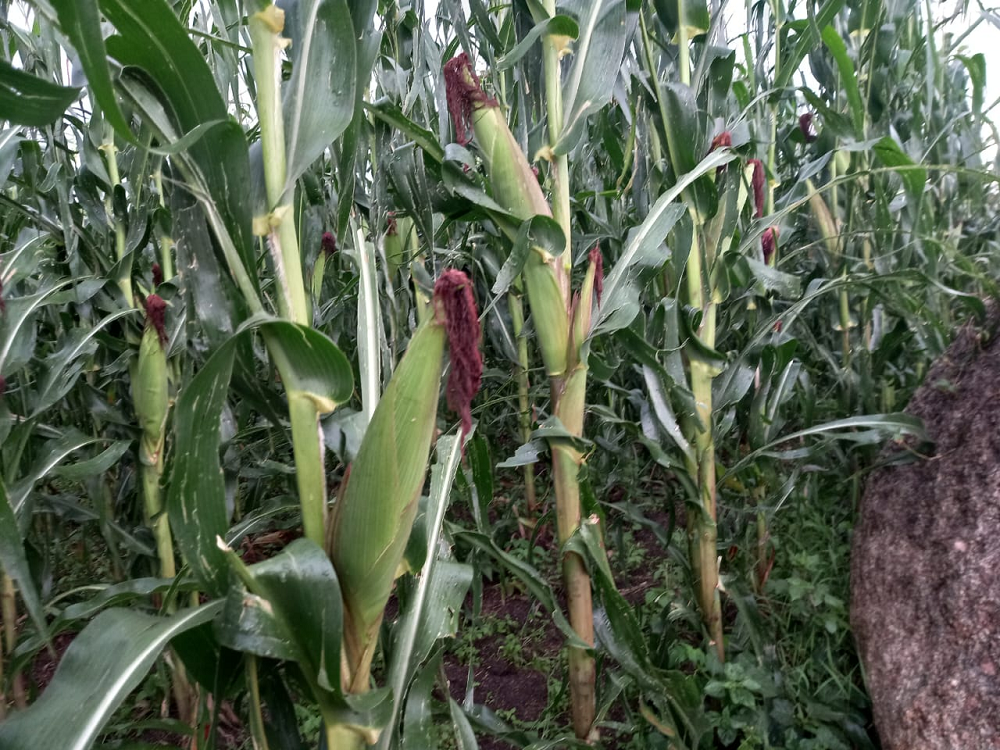Kenya is expected to record a rich maize harvest of more than 17 million bags in six out of the 47 counties, a new report says, offering a ray of hope in the quest towards food security.
Speaking during a side event at the Regional Center for Mapping and Resources three-day international conference in Nairobi, Vincent Imala a researcher and author of the research findings, said the bumper harvest is due to the subsidized fertilizer programme and an increase in the land acreage by up to 8%.
The research conducted by the Directorate of Resource Surveys and Remote Sensing (DRSRS) Kenya noted that Kenya will harvest 17,044,503 bags of maize from the six counties based in Western Kenya: Bungoma, Trans Nzoia, Uasin Gishu, Kakamega, Nandi and Vihiga. “The area under targeted maize in the six counties cumulatively increased by about 8 percent from 399,663Ha in 2022 to 464, 491Ha in 2023,” said Imala.
The six main focus counties were majorly from the Western parts of Kenya that are high potential areas for maize growing.
The three-day conference themed ‘Next Level, Space to Community’ brought together over 1,000 delegates from all its 20 RCMRD member countries to discuss how geo-science can effectively be used to inform policymakers.
Mr Imala added that the field ground truthing was done between 10th and 25th July 2023 in six counties covering a total area of 1,536, 561.4Ha. According to Imala, world over, land available for food production has declined and the intensification of agriculture, higher yielding varieties and import substitution are likely to drive national policy agenda.
See Also >> KRA Nets Ksh15 Billion From Betting Companies
“In Kenya, maize remains the main staple food averaging over 80 percent of total cereals used at the household level,” added Mr Imala.
The data was collected using remote sensing technology that estimated the area, yield and production of maize in the high potential areas of Kenya. The method was through the use of Earth Observation (EO) data from optical satellites that provides a unique source of information to monitor crop growth.
Mr Imala noted that through the use of technology known as Normalized Difference Vegetation Index (NDVI), an indicator used to determine the health of a plant, one can easily predict the expected status of yield.
“In order to improve results on maize area, there is need to use high resolution satellite imageries, and setting up remote monitoring sites in the agricultural landscapes,” reiterated Mr Imala.
Next Read >> Uhuru Kenyatta’s Bank Invades Eastleigh In Latest Expansion












Leave a comment